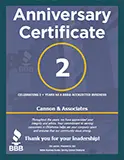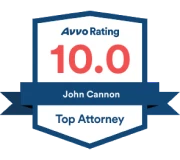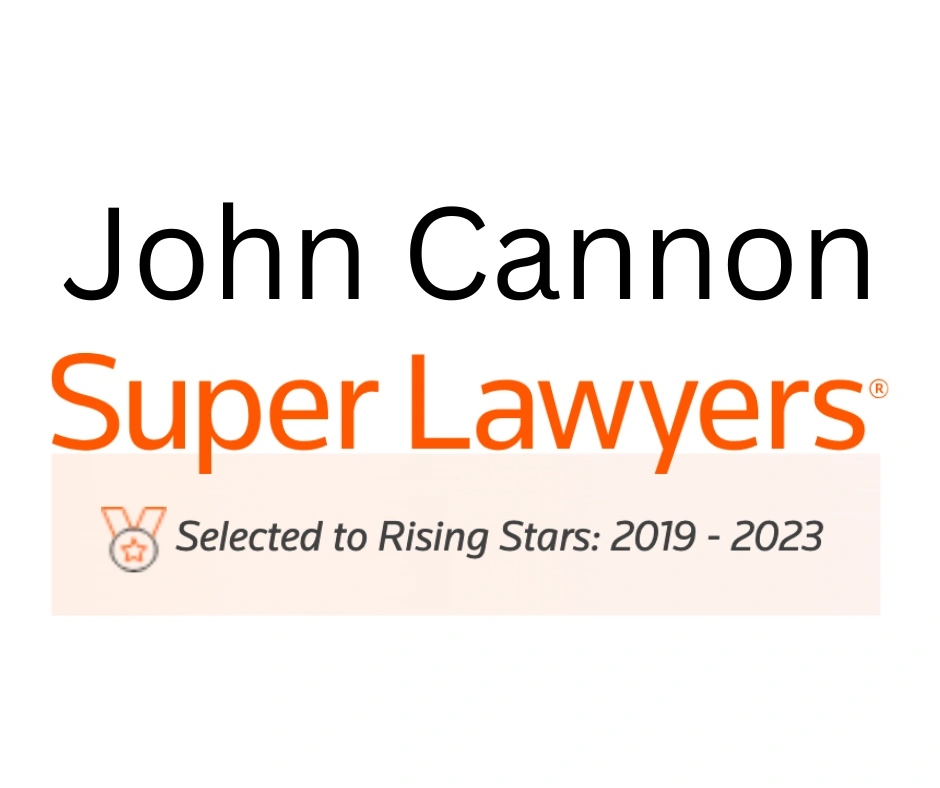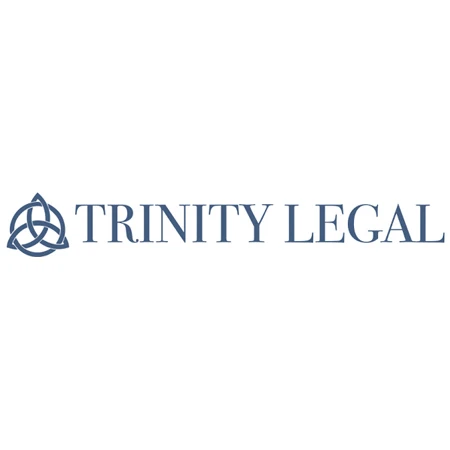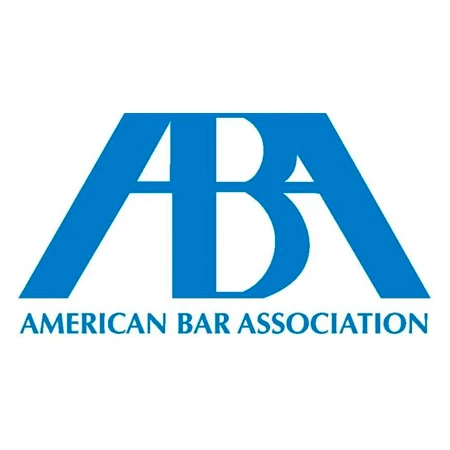FAQ: SECURITY CLEARANCE
When you need a security clearance to work, you can expect thorough background checks into almost every aspect of your life: any investigations you have been subject to or apart of, your financial habits, any history of drug use or convictions, drugs, and more. The reason for this is to determine whether the government wants to trust you to keep potentially harmful secrets about national security.
Security level clearance is decided by the Department of State’s Bureau of Human Resources. They determine the level of clearance awarded to a person Both kinds of security clearances can be awarded at three different levels: Confidential, Secret, and Top Secret.A Confidential Security Clearance is the lowest clearance a person can obtain. Receiving this clearance allows the person to access classified information that could cause damage to nation security. A Secret Security Clearance is the next level and applies where there is potential for serious damage to national security. The hardest clearance to obtain is Top Secret clearance, because it applies where there is potential for grave damage to national security.
First and foremost, an applicant for security clearance cannot initiate a security clearance on their own. Typically, it is done through the federal agency employer who applies for the employee’s security clearance. There are two broad categories of people that apply for security clearance: federal government employees and individuals that work for companies that have contracts with the federal government. The former are government employees, including agency and military members. The later are typically individuals that work for defense contracts, i.e. Boeing, Lockheed Martin, Raytheon, BAE Systems, Northrup Grumman, General Dynamics, etc.Regardless of the reason for applying or the status of the person seeking security clearance, the process is basically the same for everyone seeking security clearance. However, the rules depend on the status of the applicant. Executive Branch Federal Agencies apply the Department of Defense Directive for contractor cases (DoD Directive 5220.6) to determine contractor security clearance applications to their respective agency. Alternatively, for Federal government employees within Department of Defense, the guiding regulation is DoD 5200.2-R. Some Federal Executive Agencies will use similar procedures for their government employees.
Almost every federal agency has some, if not many positions that require security clearance in order to work in a specific area or handle certain information. The reason is that in the wrong hands, information that is secret or classified can cause a national security risk to infrastructure, defense, finances, or other areas that may weaken the United States’ government. For that reason and others, the following are a list of common agencies that require a security clearance:
- Intelligence Community
- Federal Law Enforcement Agencies
- Diplomatic Agencies
- Civilian Military Agencies
In order to apply for security clearance there must a reason, i.e. a federal job, contract or an offer for a position that requires a security clearance. Unlike a driver’s license, individuals do not apply for security clearance on their own behalf. Rather, an agency or the employer will apply to the federal government to grant the individual security clearance.The first step in any security clearance application is completion of the Standard Form 86 or SF-86, which is the questionnaire for national security positions. It can be completed easily on a computer, using the e-QIP computer program. It is important to review the questions and provide answers in detail to the SF-86. It is a best practice to print the form and write your answering by hand, fill any gaps in information and ensure that your answers are accurate and complete prior to submitting the e-QIP computer application.
Many people incorrectly assume that can correct or fill in missing information to their SF-86 at a later time or during the background interview during the investigation. In fact, some interpretation of the SF-86 form would lead people to believe this is acceptable. Hhowver, the government considers these failures or shortfalls as “evidence of a material and deliberate attempt” to avoid providing potentially damaging information and will most likely result in an initial denial of security clearance.You must provide a correction or documentation of your failure to remember information prior to the interview, if you hope to have the late submission or inclusion of damaging information considered an honest mistake. Once you have been asked, it is considered a confrontation and your truthful answer will be considered a discrepancy from your initial response or SF-86 statements.
No. Even if something is embarrassing or potentially damaging, do not lie on your application for security clearance. Honesty, candor, and thoroughness are very important factors in security clearance applications and lying about something can lead to your application for security clearance can be denied. If you are honest in your security clearance application, then even that embarrassing or damaging piece of information might not affect your application—but lying about it almost certainly will.
It depends on the circumstances of the applicant and the subject and level of security clearance that they are requesting.
Thirteen, that’s right, thirteen substantive areas have been identified by the government in considering security clearance adjudications / security clearance decisions. These Thirteen areas are called “Adjudicative Guidelines”.
- GUIDELINE A: Allegiance to the United States;
- GUIDELINE B: Foreign Influence;
- GUIDELINE C: Foreign Preference;
- GUIDELINE D: Sexual Behavior;
- GUIDELINE E: Personal Conduct;
- GUIDELINE F: Financial Considerations;
- GUIDELINE G: Alcohol Consumption;
- GUIDELINE H: Drug Involvement;
- GUIDELINE I: Emotional, Mental and Personality Disorders;
- GUIDELINE J: Criminal Conduct;
- GUIDELINE K: Security Violations;
- GUIDELINE L: Outside Activities; and
- GUIDELINE M: Misuse of Information Technology Systems.
- The nature, extent, and seriousness of the conduct;
- the circumstances surrounding the conduct, to include knowledgeable participation;
- the frequency and recency of the conduct;
- the individual’s age and maturity at the time of the conduct;
- the voluntariness of participation;
- the presence or absence of rehabilitation and other permanent behavioral changes;
- the motivation for the conduct;
- the potential for pressure, coercion, exploitation, or duress; and
- the likelihood of continuation or recurrence.
DoD Directive 5200.2-R is the controlling regulation, if you are employed directly by the Federal Government. This regulation provides a Letter of Intent (“LOI”) will be provided to the individual from the government when denial or revocation of security clearance is being considered. The employee will be issued the Letter of Intent notifying the employee of the government’s intention. The Letter of Intent will be issued by the Central Adjudication Facility (CAF) having jurisdiction over that agency. A Statement of Reasons (“SOR”) will be provided as well. The Letter of Intent forwards the Statement of Reasons and notifies the employee of their rights during the process.The Statement of Reason, as implied in the title, provides the allegations or concerns to the government. Once the Letter of Intent and Statement of Reasons is received by the employee, the employee must act. You must act or your failure to act will likely result in your denial or revocation of your security clearance. Employees are typically given a short period of time to notify the government of the intent to fight the proposed denial or revocation of security clearance and then 30 days are provided to substantively respond to the Statement of Reasons.Once your answer to the Statement of Reasons is submitted through your chain of command, the first level review will be completed. Once the initial review is finalized, the decision maker will either grant the security clearance / retain the security clearance or deny/revoke the security clearance. The appeal process begins immediately, if security clearance is denied or revoked. The employee can appeal by providing additional information or a request for Personal Appearance before an Administrative Judge from the Defense Office of Hearings and Appeals (“DOHA”). The evidence from that decision is then provided to the Personnel Security Appeals Board (“PSAB”) of the CAF for a final decision. The points to present at each step of this process are key, which is one of many reasons to use an experienced security clearance attorney.
DoD Directive 5220.6 is the controlling regulation for security clearance determinations for Federal Contractor employees. By memorandum of understanding most Federal Executive Agencies use this Directive to determine security clearance determinations for contractor employees. Many different agencies within the Department of Defense may act upon the security clearance of employees of federal contractors.The four most common agencies that will act upon defense contractor’s security clearance are the Defense Security Service (DSS), Defense Industrial Security Office (DISCO), Defense Legal Services Agency (DLSA) and the Defense Office of Hearings and Appeals (DOHA). Similar to federal employees, if any questions exist about granting or denying security clearance, an employee will receive a Statement of Reasons (“SOR”). The employee will only have 20 days to determine, which of the following three options they will take when confronted with a Statement of Reasons concerning security clearance:
- not act and accept the security clearance revocation/denial;
- Provide documentation and/or statements, which will be considered by an Administrative Law Judge (“ALJ”) at DOHA based on the File of Relevant Material (“FORM”); or
- Request a hearing before the Administrative Law Judge from DOHA.
To upgrade from a Secret Clearance to a Top-Secret Clearance, you must have one of the following:
- PCS or TCS orders state that you require Top Secret clearance
- A Memorandum signed by a O-5 or higher stating that you require Top Secret clearance due to a job requirement
- You have changed your MOS which requires a Top Secret clearance.
Security Clearances must be renewed every five years for Top Secret clearances, every ten years for Secret clearances, and every 15 years for Confidential clearances.
In order to renew your clearance, you must do so within 30 days of expiration. To do so, the person must complete the Electronics Questionnaires for Investigation Processing (eQip) application online.Within the 30 days until expiration, download and complete the ATC Request for PSIP Investigation worksheet and send it in with your birth certificate or passport to prove your identity. You do not have to get your fingerprints re-done in order to renew your security clearance. Once it is received, it will be processed, and you will receive an e-mail to complete the eQip application. You have 5 days to do so, and if you miss that deadline the application will be terminated.
In addition to the applicant, sometimes security checks may be required for husband or wife of the person. The background check only occurs with the family member’s permission, but especially for Top Secret clearance, they will have to do it or the application may be denied. This is to make sure there are no conflicts of interest or issues applicant’s family that could affect the work the applicant is looking to participate in. A history of alcohol abuse or a long criminal record could be cause for denial of the application.
Certain companies that are selected on a federal contract may also apply for security clearance if they need to access sensitive information. This is called a Facility Security Clearance.
A Facility Security Clearance is a determination made by the government that a contractor is eligible for access to classified information—this means companies, academic institutions, and other entities who are engaged in providing goods or services to the U.S. government involving any kind of classified information. These security clearances are granted at three levels: confidential, Secret, or Top Secret, and they are granted to contractors when it is necessary for them to access classified information in order to perform on their contract.
The Defense Counterintelligence and Security Agency (DCSA) is the security agency in the federal government which conducts background checks and provides facility security clearances. Four essential steps to obtaining an FCL are sponsorship, CAGE codes, the telephone survey, and DCSA forms. For all information, refer to the National Industrial Security Program Operating Manual.
Contractors need to be sponsored by a government contracting activity or another cleared company in order to apply for security clearance. A contractor cannot sponsor themselves or their own company. This process starts in the National Industrial Security System (NISS) through an Facility Security Clearance (FCL) sponsorship request form.
The Defense Counterintelligence and Security Agency (DCSA) uses CAGE codes to track basic facility information. “CAGE” stands for the Commercial and Governmental Entity code that is assigned to the contractor. If your company does not have a CAGE code, contractors can register for one with the System for Award Management database. It is important to get this code before beginning the FCL process, because without it a contractor may experience delays or even discontinuation of their application.The CAGE code supports a variety of mechanized systems in the government. Facility Security Clearance is required for an individual or contractor to gain access to a security facility. The following security clearance requirements exist:
- CAGE Code;
- Sign Department of Defense Security Agreement;
- Complete Certificate Pertaining to Foreign Interests;
- Provide Organization Credentials and Certification; and
- Identify Key Management Personnel Clearances.
A Personnel Security clearance is an administrative determination by a certified adjudicator that a person needs access to classified information that could be damaging to national security in order to perform their duties in the course of their employment.
An applicant for security clearance cannot apply for security clearance on their own. Instead, an employee or candidate for employment who needs access to the classified information will get it through their employer, who begins the security clearance process. The employer will have the employee fill out an Electronic Questionnaire for Investigations Processing (eQip), fill out signature pages and submit their fingerprints for the initial application.
No. The Security Clearance only applies to people employed by, detailed or assigned to, or working on behalf of the federal government. Security Clearances for a federal agency are not transferrable to the private sector.
Yes. A security clearance will be administratively removed when access to any confidential information is unnecessary, such as when a person stops working in their position for the federal government.
Yes, but only in certain circumstances. The DSS will usually revalidate a security clearance so long as (1) the applicant has not been out of federal service for more than two years and (2) the applicant’s clearance is based on an appropriate and current background investigation.
If a job requires a security clearance, an employee can lose their federal job, if they lose their security clearance. Reasons for losing a clearance are extensive. They include:
- Lying. You should always tell the truth on security clearance questionnaires and interviews. The most common causes of lost or revoked security clearance is dishonesty. Background investigators are skilled at finding problem areas in your past, so it is best to honestly and accurately describe your past. Read all the instructions when filling out the SF-86 or other background investigation forms. Lying about a concerning area is far more likely to cause a denial of security clearance than attempting to hide the information or cover it up.
- Security violations. Security clearance violations are a big problem. Misuse of information or misuse of information technology systems are a major cause of revocations of security clearance. Any act that is careless or reckless with secure information or classified information, such as ignoring rules, will make it very difficult to keep security clearance.
- Indebtedness. Serious debt will cause questions about your trustworthiness and more importantly your reliability for security clearance reasons. Keeping on top of your finances will help you clear background checks and maintain your security clearance. Background investigators do check credit reports and look at your financial history.
- Criminal Conduct. Recent criminal activity, criminal allegations, especially felonies, can result in the loss of your security clearance. One area of confusion deals with criminal records and their expungement. For federal security clearance purposes, you must divulge expunged matters that are within the time covered in the specific security clearance question.
- Using illegal drugs. Illegal drug use prior to obtaining a security clearance can be a reason for security clearance to be denied; however, usually it is only a factor. Drug use before clearance can be explained and balanced, and clearance will be granted in most cases, if not excessive or concerning for another reason. However, illegal drug use while holding a security clearance is a problem. It is not an automatic clearance revocation; however, it makes it more difficult to keep security clearance if you are caught using illegal drugs, while you have an existing security clearance. Remember, even if recreational or medical marijuana use is legal in your state, it is not legal under federal law at this time. Therefore, you can have a valid prescription for marijuana and lose your security clearance under federal law.
- Alcohol Abuse. Serious misuse or abuse of alcohol can cause a threat to your security clearance. A substantial period of sobriety and obtaining treatment to deal with alcohol abuse may save your clearance; however, it is best to seek treatment as early as possible before this becomes a threat to your security clearance and you federal employment.
The security clearance adjudication process is how a case is taken through the system for determination. The level of security clearance sought determines the process for obtaining security clearance. Security clearances can be reviewed for any reason at any time. Typically security clearance reviews happen for one of the following reasons: the initial security clearance application, periodic review of current security clearance, or as a result of an event that is being investigated.
If a security clearance application is denied, there is an opportunity to appeal the denial of security clearance. In addition to the notification of denial, you will be notified of the reasons that your security clearance application was denied, and you will have the chance to address those reasons in your appeal.
First, when an application for security clearance is denied, the applicant is given a Statement of Reasons or “letter of denial.” This tells the applicant the government’s exact concerns and allows the applicant the opportunity to respond to those concerns in writing and potentially overturn the denial of security clearance.If the applicant is quick to respond and responds effectively to the initial denial of security clearance, they could still be granted a security clearance without needing a formal hearing, which saves a lot of time and money. On the other hand, the applicant can lock them self into a story and a defense with their response. This means that if they make a mistake, it is more difficult for an attorney to come in later and fix the mistakes on the denial. Errors in this stage can be very costly.After the response to the Statement of Reasons, there will be an administrative hearing. The applicant can indicate whether he or she would like an in-person hearing before an administrative law judge, or have a judge decide the security clearance appeal solely upon the applicant’s file and written response. If the applicant chooses to go in person, the hearing is usually set out 4-8 weeks out in Washington D.C. or at a federal courthouse in the federal district that your security clearance was denied. This hearing is very formal, and applicants will usually choose to hire a security clearance lawyer to help prepare and defend their security clearance appeal to the judge, and poke holes in the government’s case.If the judge denies the applicant at the hearing, the applicant can still appeal. A security clearance appeal is limited to challenging the judge’s decision in a very narrow scope: usually technicalities, such as whether the judge was biased or mistaken in a point of law. Questions of fact are generally not heard on appeal.



